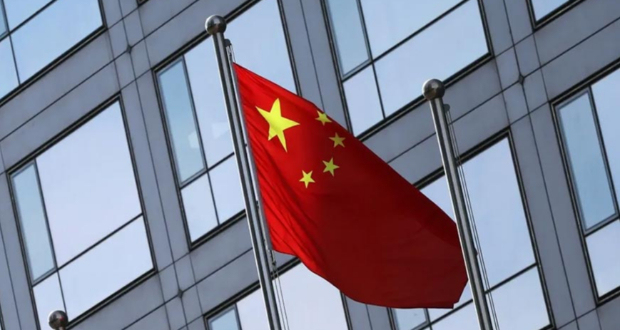The clashes between the two armies in Galwan in 2020, which resulted in fatalities of on both sides, is an important turning point in the relations between the two Asian powers. Foreign minister S Jaishankar deconstructed China’s approach in dealing with India. He said that while China tried to change the status quo at the border in the process violating the agreements to which it is a signatory, it was trying to stymie India’s bid to get a permanent seat in the UN Security Council. The minister alluded to China deploying mind games to resolve border issues with India, but that the breakthrough would come about only if other powers were kept at bay. Underlining India’s response to these developments, Jaishankar stated that India would not let a competitor curtail its policy choices, and that his government would look to make use of the international system for the best outcome.
The reason for such a pessimistic assessment of the ties between the two nations is that the clashes in Galwan have been followed by China trying to change the status quo on the ground at different points along the Line of Actual Control (LAC).
The Indian government has termed relations between the two nations as “abnormal” and also pinned the breakdown of trust between the two nations on China’s aggressive action at the border. The reason for such a pessimistic assessment of the ties between the two nations is that the clashes in Galwan have been followed by China trying to change the status quo on the ground at different points along the Line of Actual Control (LAC). In addition to the military coercion, China has resorted to mind games, which Jaishankar alluded to. China unilaterally renamed towns in Arunachal Pradesh, to which it lays claims. It also publicised a map recently showing large parts of Indian territory as part of China. The cartographic onslaught is also backed by a massive build-up of People’s Liberation Army (PLA) soldiers along the border, and China creating enormous infrastructure—both civilian and military—to improve the staying power of its military. Twenty-one rounds of talks between the two militaries that have been conducted has led to resolution at some friction points, but overall troop deployment remains a cause for concern.
On India’s part, it has stood up to the China challenge on several fronts. First, it has matched China’s troop deployment at the border, there has also been a fillip to the development of infrastructure facilities at the border. Second, India has taking the lead in banning cellphone apps on national security grounds, and there has been curbs on infusion on Chinese capital and investment into India.
The government’s approach has received public approbation. ORF’s Foreign Policy survey 2023 found out that an overwhelming 83% of the respondents interviewed in urban India gave a thumbs-up to India’s foreign policy. There is little constituency for peace with China since nearly 80% of those surveyed cite China’s aggression at the border being responsible for the trust deficit. More so, because many of these respondents see India’s seat at the UN Security Council (that China has sought to block) as a key priority. On the bright side, more than three-fourths of the respondents see India’s G20 Presidency and the Quad as appropriate fora to pursue India’s interests, with the same number putting great store in Australia, Japan, and the US (Quad members) as leading partners in the near future.
Leveraging the international system
Thus, faced with the China challenge, India has crafted a foreign policy that seeks greater engagement with the world. A case in point is India’s G20 presidency under which more than 100 countries were invited to a ‘Voice of Global South’ summit, taking up issues of food and energy security, fast-tracking reforms of global financial to seek better representation to developing nations. The other central piece of this proactive foreign policy was India’s increasing engagement with the Quad, which Jaishankar described as India’s riposte to those who seek to veto her policy choices. Speaking at the Quad Think Tank Forum on Feb 24, the minister highlighted nascent capacity-building initiatives that were helping policy-makers in the Indo-Pacific region better evaluate infrastructure projects on viability and sustainability criterion. Such efforts underscore Quad’s commitment to the region reeling from the impact of China’s debt-trap diplomacy in the wake of the Belt and Road Initiative.
The other central piece of this proactive foreign policy was India’s increasing engagement with the Quad, which Jaishankar described as India’s riposte to those who seek to veto her policy choices.
At the same time, China’s belligerence through different means continues unabated. An important aspect of China’s aggression and expansionism has been the deployment of grey-zone warfare, in which a nation uses strategies to pursue its aims, but that may not invoke a strong military response from the other side. For example, China has built ‘xiaokang’ villages near the Indian border in a bid to bolster its territorial claims, and now there are reports that these are being populated with settlers.




